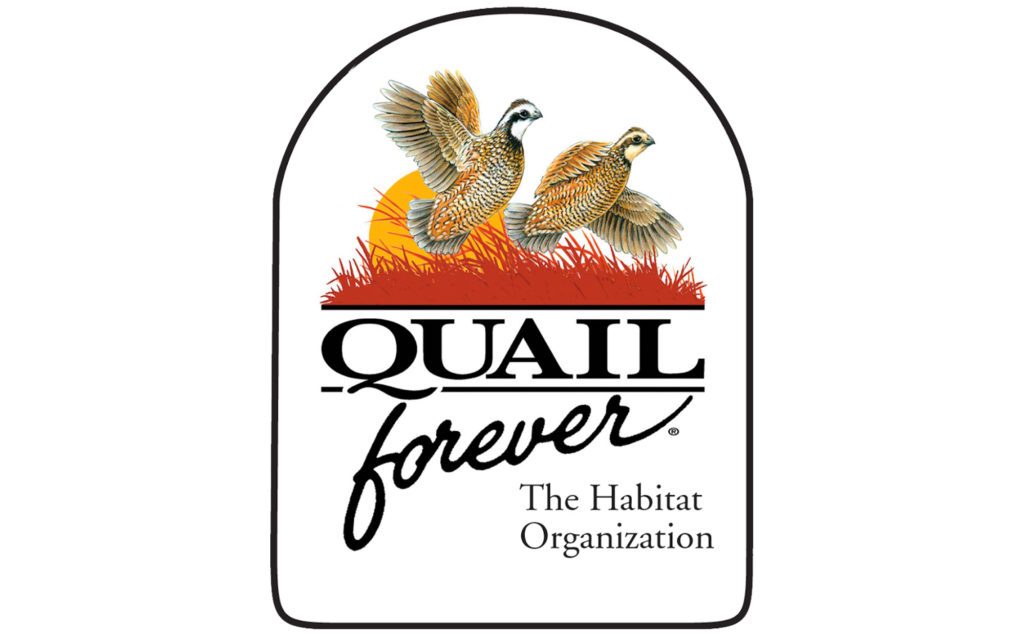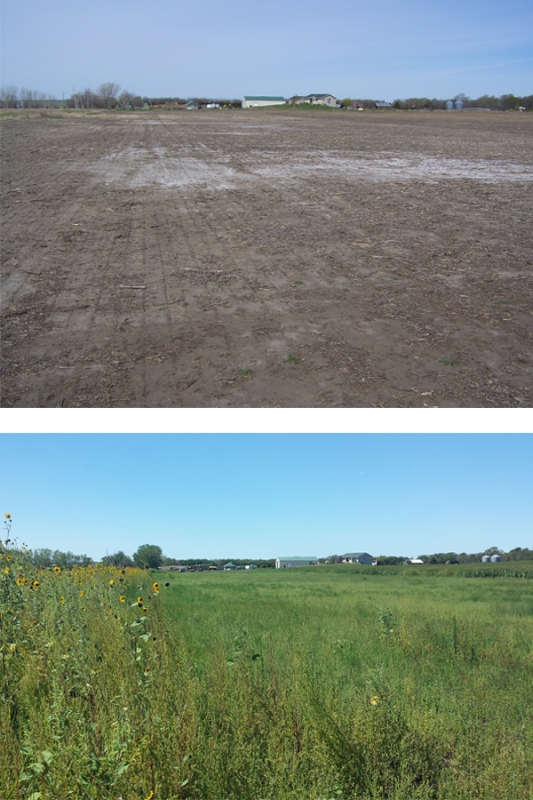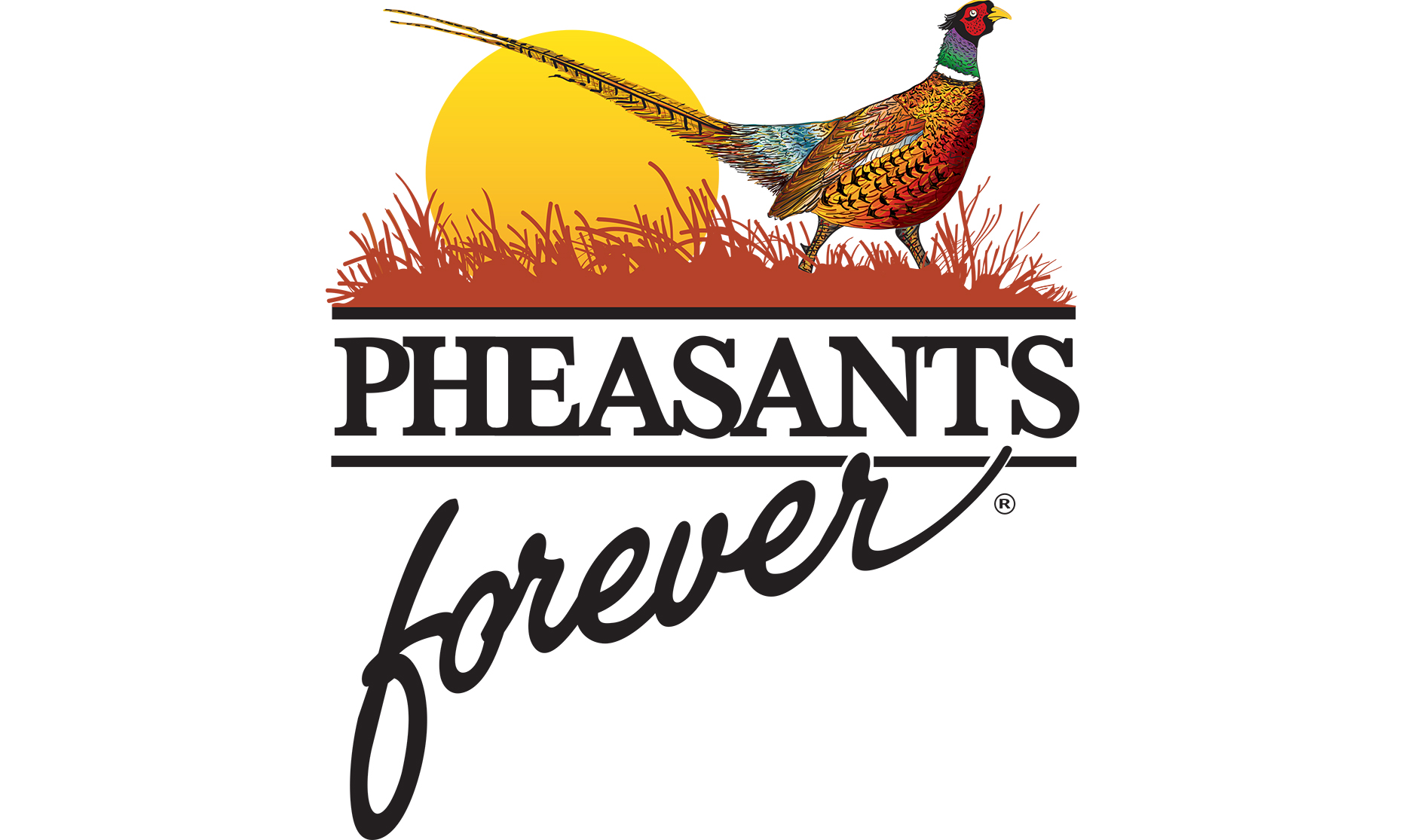A Blueprint for Producers & Wildlife: Saline Soils Initiative Plants Bright Future in S.D.

Sioux Falls, S.D. – June 28, 2018 – In a new partnership that supports agriculture and wildlife in central South Dakota, Pheasants Forever and the South Dakota Corn Growers Association (SDCGA) have joined together to promote the Saline Soils Initiative. The new program pays a stipend and provides seed to landowners within a 30-county area to establish perennial vegetation on cropland suffering from the detrimental effects of soil salinity. The result will be increased ag productivity and more critical upland wildlife habitat.
Thanks in part to a $100K matching grant from the South Dakota Corn Growers Association announced at the 2018 National Pheasant Fest & Quail Classic in Sioux Falls, Pheasants Forever and SDCGA are now working in tandem on a program to help producers fight the battle against saline soils while contributing to the state’s other annual crop – the ring-necked pheasant. Landowners within the central region of the state, counties stretching roughly from Aberdeen to Yankton, will be eligible for the new program on a first-come, first-serve basis until 4,000 acres have been enrolled.
“This partnership is the first of its kind. It provides an innovative means to restore soil health and enhance long-term sustainability,” said Lisa Richardson, executive director of the South Dakota Corn Growers Association. “The program will offer farmers a unique opportunity to improve areas of their fields that have been totally unproductive and will help prevent further expansion of those areas. By establishing vegetation in these problem areas, we’re helping the environment and providing habitat for pheasants. It’s a win for everyone.”
“Farmers, ranchers, and wildlife all face uphill battles in 2018, but thanks to an innovative partnership with the South Dakota Corn Growers Association, we are working together to address serious issues on the landscape for rural communities, producers, and environment alike as part of the Saline Soils Initiative,” stated Matt Morlock, acting director for the South Dakota regional office of Pheasants Forever. “By utilizing cool season grasses and forbs to correct saline soils over time, landowners consequently improve soil health, support wildlife habitat improvements, and increase average yields for crop insurance while earning a paycheck for their efforts.”
Saline soils are a growing problem in the United States and specifically in South Dakota, where an estimated 2 million acres are now affected, primarily in the Upper James River Valley. Due to a rising water table over time and higher average rainfall amounts throughout the state, salts derived from ancient sedimentary rock deep in the soil rise to the surface, inhibiting plant growth and productivity of cash crops.

The answer to such a drastic problem? Perennial vegetation offered through the Saline Soils Initiative to soak up excess water and cycle nutrients back into the subsoil many feet below the surface of South Dakota’s cropland. The dense nesting cover and brood-rearing habitat established through the program will serve as a boon to wildlife populations, including ring-necked pheasants and pollinators. Here’s how the program works:
Saline Soils Initiative Details
Landowners may contact Pheasants Forever to learn more about the program and be added to a first-come, first-serve list of participants.
Per the five-year contract, landowners receive a one-time incentive of $150 per acre to idle their saline soils and will be provided free seed for planting each acre.
To achieve maximum wildlife benefits, each contract will allow haying or grazing of the enrolled acres after July 15 (end of primary nesting season).
Further details for landowners will be published in the coming weeks. For more information or to learn about the program, contact Pheasants Forever’s Matt Morlock at (605) 692-6006.
About South Dakota Corn Growers Association
South Dakota Corn Growers Association is among the most active commodity groups in the state, serving as a powerful legislative voice for South Dakota corn producers.
We work to promote corn and improve producer profitability; influence public policy and legislative efforts; educate South Dakota consumers; and increase corn usage through livestock feeding and new domestic products that improve the quality of life in a changing world. Find out more about SDCGA by visiting www.sdcorn.org.
About Pheasants Forever
Pheasants Forever, including its quail conservation division, Quail Forever, is the nation’s largest nonprofit organization dedicated to upland habitat conservation. Pheasants Forever and Quail Forever have more than 149,000 members and 725 local chapters across the United States and Canada. Chapters are empowered to determine how 100 percent of their locally raised conservation funds are spent; the only national conservation organization that operates through this truly grassroots structure. Since creation in 1982, Pheasants Forever has spent $784 million on 530,000 habitat projects benefiting 17 million acres nationwide.
Pictured: An agricultural field dominated by saline soils (top) is planted to perennial vegetation (bottom) as a way of restoring soil health over a period of time, while contributing to wildlife and pollinator populations.
SHARE ON
You may also like
The role corn plays for gamebirds and economies ac...
Sportsmen’s conservation policy issues from publ...
Sportsmen’s conservation policy issues from publ...



























